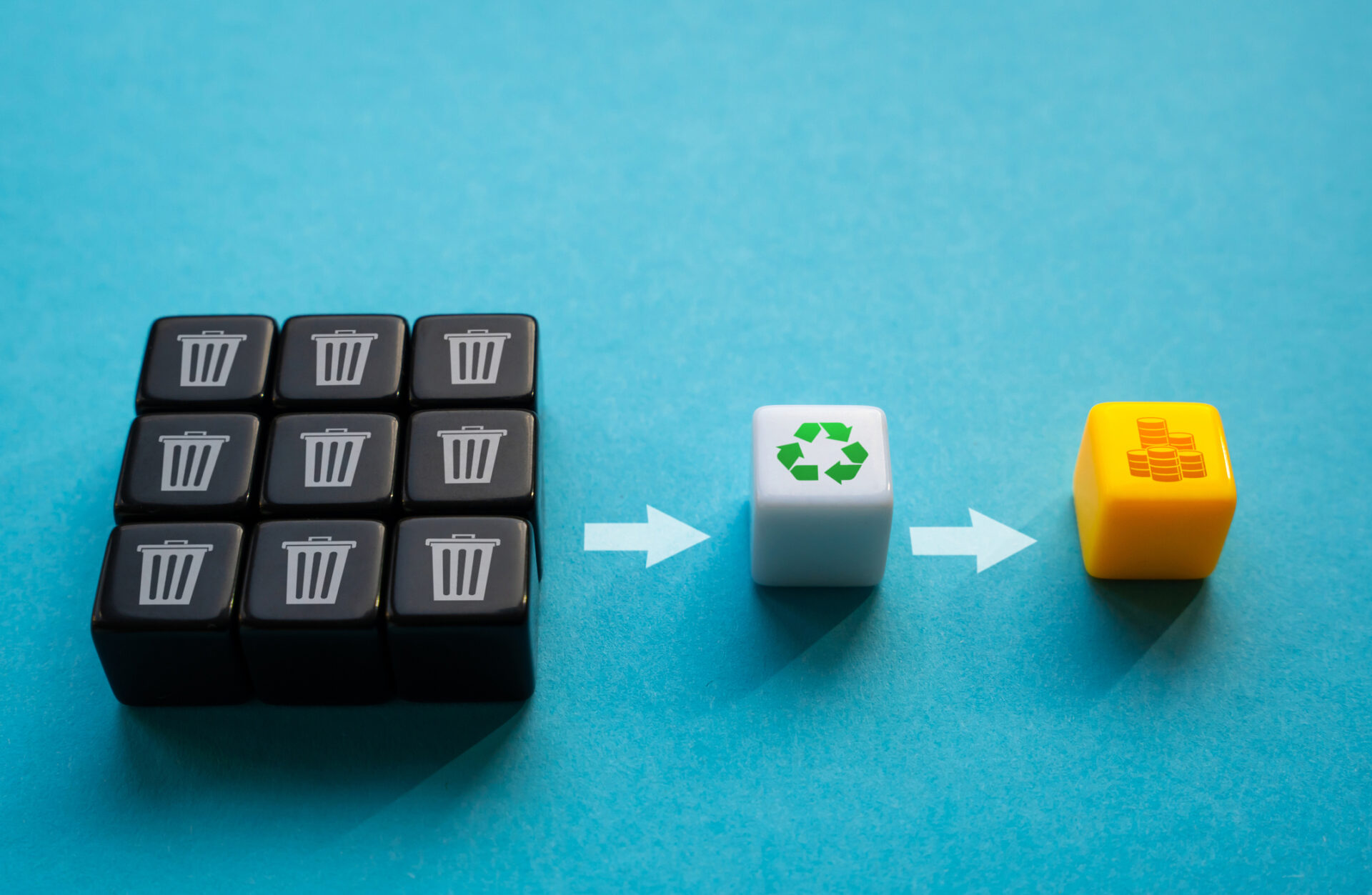Key Takeaways:
I. Nexus W2V's substantial funding underscores the growing interest in waste-to-value solutions, but the company faces challenges in scaling RNG production and navigating a complex regulatory landscape.
II. Haber's funding validates the potential of AI-driven robotics in food processing, but the company must differentiate itself in a competitive market with established players like Soft Robotics and Root AI.
III. Planet A Foods' funding highlights the growing demand for sustainable food alternatives, but consumer adoption, scalability, and competition from established food companies remain key challenges.
This week witnessed a significant influx of capital into the AgriFoodTech sector, with several companies securing substantial funding rounds. Nexus W2V's impressive $140 million investment for waste-to-value infrastructure, Haber's $44 million Series C round for industrial robotics, and Planet A Foods' $30 million Series B for cocoa-free chocolate expansion are just a few examples of the growing investor interest in this dynamic sector. This surge in funding reflects not only the increasing recognition of AgriFoodTech's potential to address critical global challenges but also the complex interplay of technological innovation, market demand, and investor sentiment. This article delves into the details of these funding rounds, analyzing their strategic implications and exploring the broader market trends shaping the future of AgriFoodTech.
The RNG Revolution: Can Nexus W2V Deliver on its Promise?
Nexus W2V's $140 million funding round marks a significant milestone in the waste-to-value sector. This substantial investment, significantly exceeding the median Series C funding of $60 million in Q3 2024, demonstrates strong investor confidence in the company's vision. Nexus W2V's focus on Renewable Natural Gas (RNG) production through anaerobic digestion taps into the growing demand for sustainable energy solutions and positions the company as a potential leader in this emerging market.
However, the path to profitability in the RNG market is fraught with challenges. Scaling RNG production requires overcoming significant hurdles, including securing consistent feedstock (organic waste), optimizing the efficiency of anaerobic digestion processes, and developing the necessary pipeline infrastructure. While Nexus PMG, the parent company of Nexus W2V, brings experience in anaerobic digestion, the broader RNG market necessitates substantial infrastructure investment to reach its full potential. Nexus W2V's ability to address these challenges will be crucial for its long-term success.
The waste-to-value sector is characterized by a fragmented landscape with numerous players pursuing diverse technologies. This creates both opportunities and challenges for Nexus W2V. While the company's substantial funding provides a competitive edge, the evolving nature of the market requires strategic decision-making. M&A activity, such as Marine Biologics' recent acquisition (though details are limited), suggests a trend toward consolidation, which could further complicate the competitive dynamics.
Ultimately, Nexus W2V's success will depend on its ability to execute its strategy effectively, manage risks, and adapt to the evolving demands of the market. The company's focus on RNG production aligns with broader sustainability trends, but the long-term viability of this technology hinges on overcoming scalability challenges and navigating a complex regulatory environment. The interplay of skill, luck, and market forces will determine whether Nexus W2V can capitalize on its current momentum and emerge as a leader in the waste-to-value sector.
Haber's Gamble: Betting on AI-Powered Robotics in Food Automation
Haber's $44 million Series C funding reflects the growing interest in applying AI-driven robotics to the food processing industry. The company's focus on automating tedious manual processes, such as sample collection, measurement, and analysis, addresses a critical need for increased efficiency and reduced labor costs in food manufacturing. As labor shortages and rising wages continue to challenge the food industry, Haber's technology offers a compelling solution for companies seeking to optimize their operations.
However, Haber faces stiff competition from established players in the industrial robotics space. Companies like Soft Robotics, with its recent $10 million funding for 3D vision and AI-powered solutions, and Root AI, specializing in robotic solutions for alternative protein production, are vying for market share. Haber's success will depend on its ability to differentiate its technology, demonstrate superior performance, and secure strategic partnerships to gain a foothold in this competitive market.
The increasing adoption of robotics in food processing has broader implications beyond individual companies. While automation promises increased efficiency, productivity, and potentially improved food safety, it also raises concerns about labor displacement and the need for workforce retraining. The long-term impact of automation on the food industry will depend on how these societal and economic challenges are addressed.

The future of industrial robotics in food processing hinges on continued technological advancements, evolving consumer preferences, and regulatory developments. Companies like Haber must not only innovate but also adapt to changing market dynamics and address the ethical considerations surrounding automation. The ability to strike a balance between technological progress and societal well-being will be crucial for shaping a sustainable future for the food industry.
From Oats to Indulgence: The Rise of Sustainable Chocolate
Planet A Foods' $30 million Series B funding reflects the growing consumer and investor interest in sustainable food alternatives. The company's flagship product, cocoa-free chocolate made from oats and sunflower seeds, addresses concerns about the environmental and social impact of traditional cocoa farming, including deforestation and unsustainable labor practices. This focus on sustainability resonates with environmentally conscious consumers and positions Planet A Foods as a potential disruptor in the chocolate market.
However, Planet A Foods faces significant challenges in scaling production to meet potential demand while maintaining product quality and cost-competitiveness. Consumer adoption of alternative food products often hinges on taste, texture, and price parity with conventional options. Furthermore, competition from established food companies with extensive resources and distribution networks poses a significant threat. Planet A Foods' success will depend on its ability to navigate these challenges and establish a strong brand presence in a rapidly evolving market.
The Future of Food: A Harvest of Innovation
The AgriFoodTech sector is at a crucial inflection point, poised for transformative growth but facing inherent uncertainties. The convergence of technological advancements, evolving consumer preferences, and increasing investor interest creates a dynamic and complex landscape. While the recent funding rounds for companies like Nexus W2V, Haber, and Planet A Foods signal a growing belief in the sector's potential, discerning skill from luck remains paramount. Success in AgriFoodTech requires not only innovative technologies and sustainable business models but also the ability to adapt to changing market dynamics, navigate regulatory hurdles, and overcome unforeseen challenges. A data-driven approach, combined with a nuanced understanding of the interplay between skill, luck, and market forces, will be essential for investors and entrepreneurs alike to navigate this rapidly evolving sector.
----------
Further Reads
I. https://nexuspmg.com/projects/anaerobic-digestion-to-rng-portfolio/Anaerobic Digestion to RNG Portfolio | Nexus PMG
II. https://nexuspmg.com/anaerobic-digestion-technology/Anaerobic Digestion Technology | Nexus PMG
III. https://agfundernews.com/data-snapshot-vcs-bet-on-upcycling-insects-and-inventory-management-software-to-cut-food-waste-in-2022Data snapshot: VCs bet on upcycling, insects and inventory management software to cut food waste in 2022

